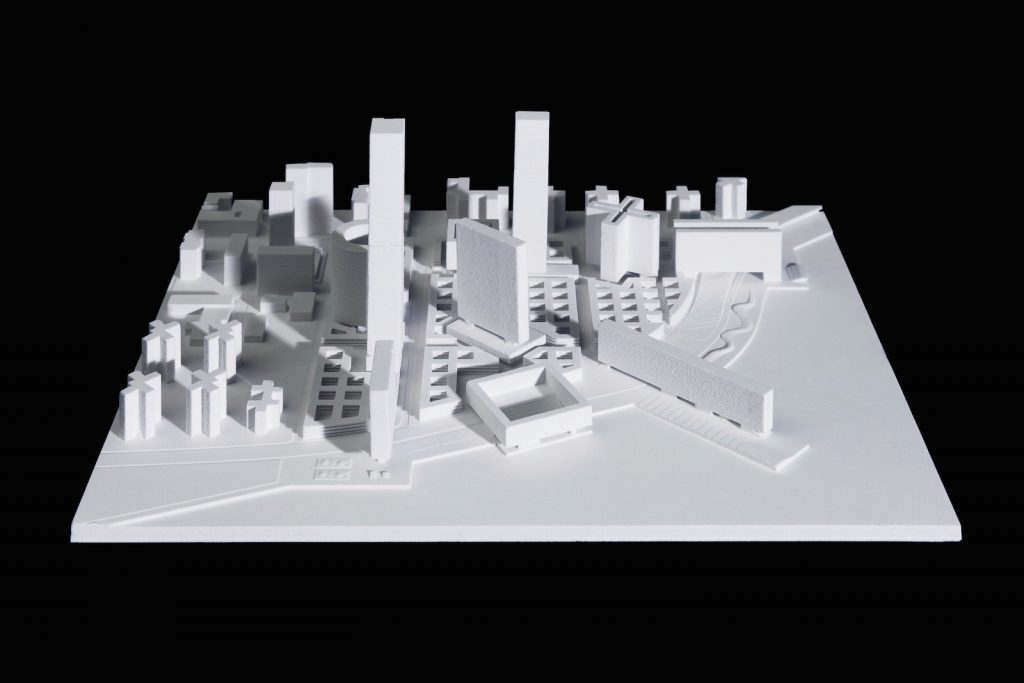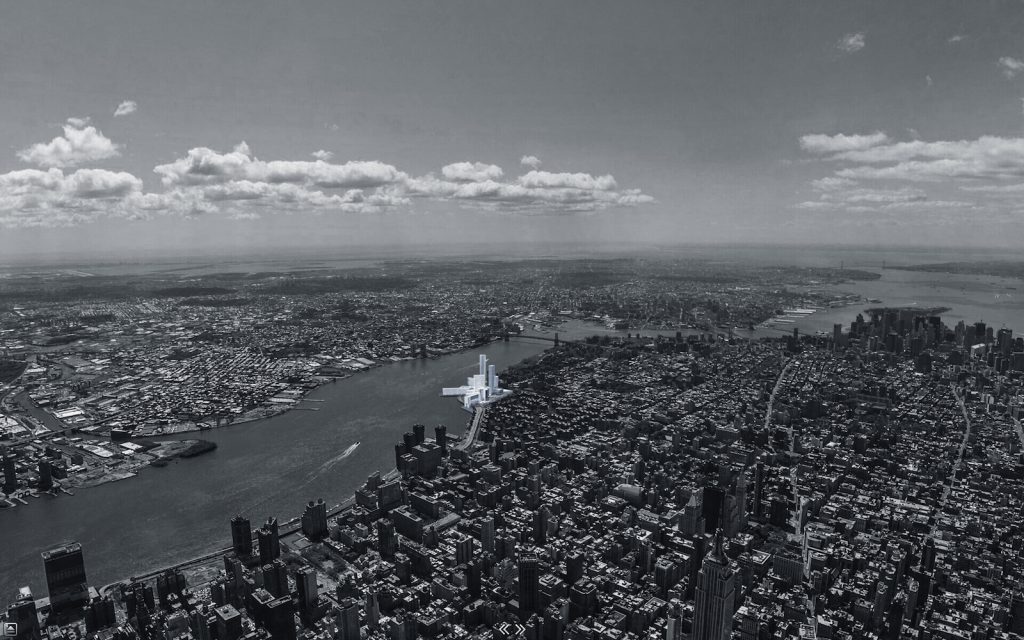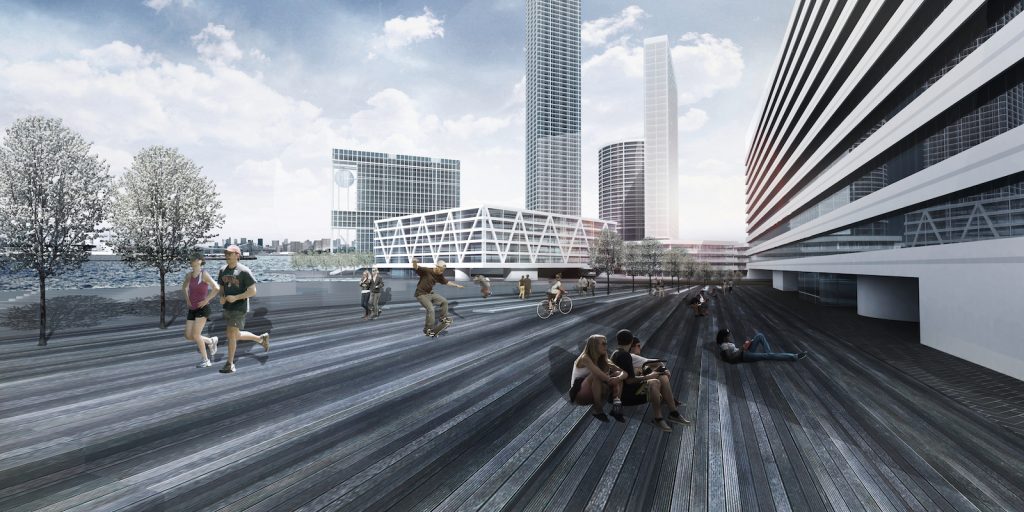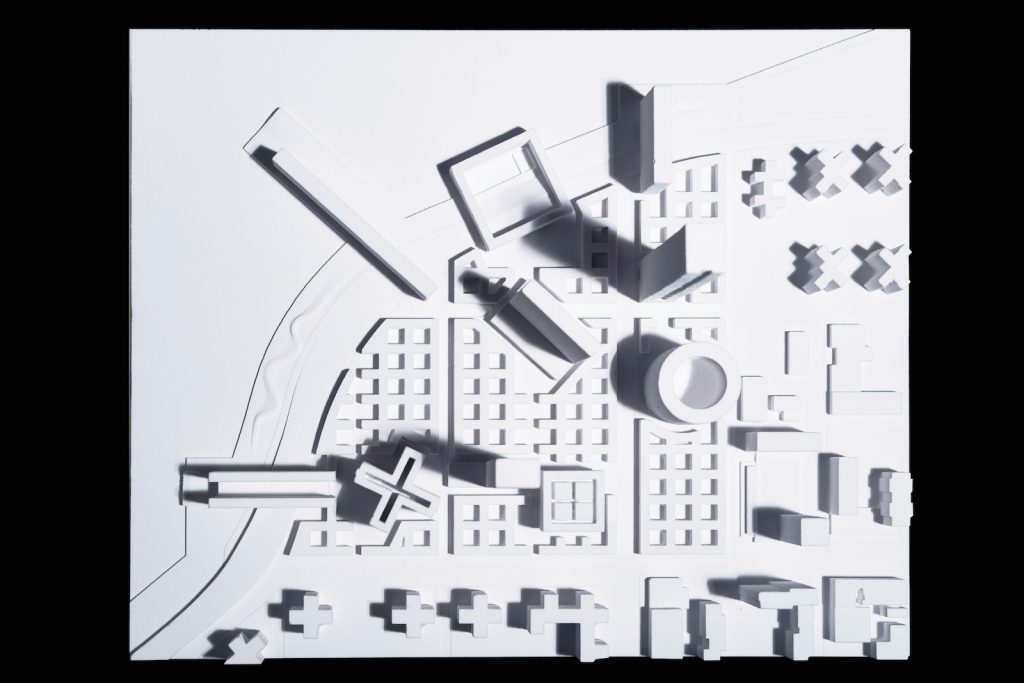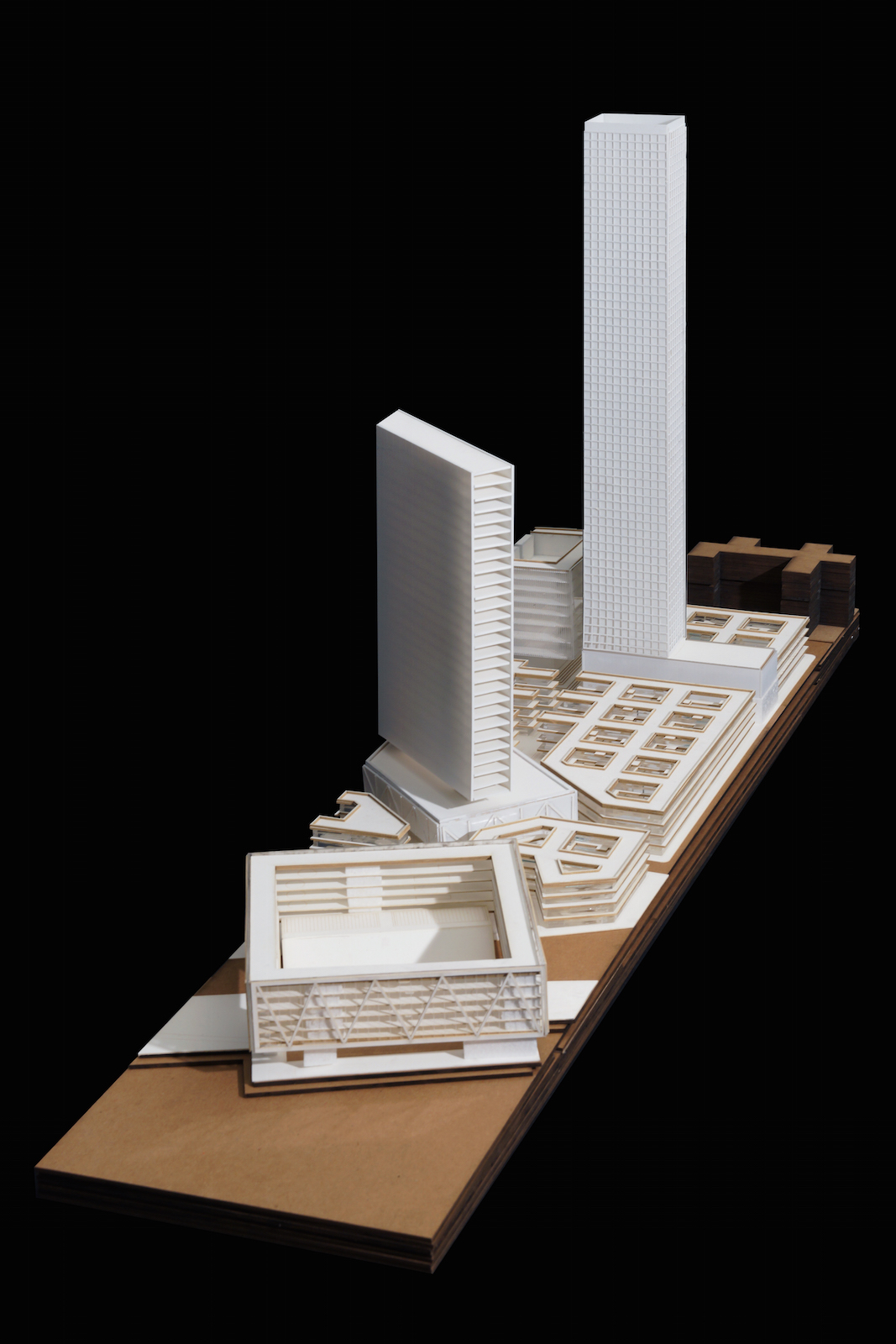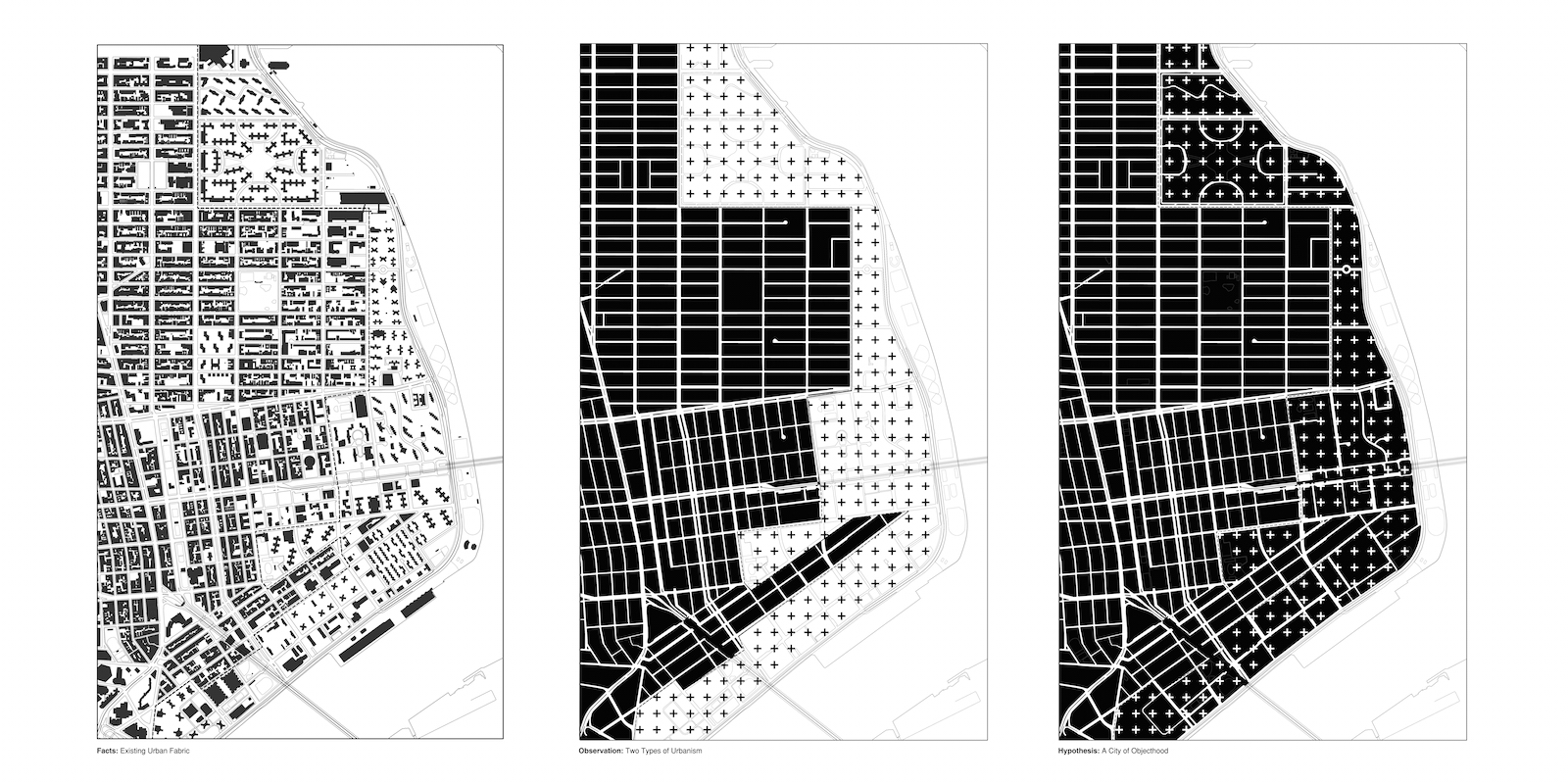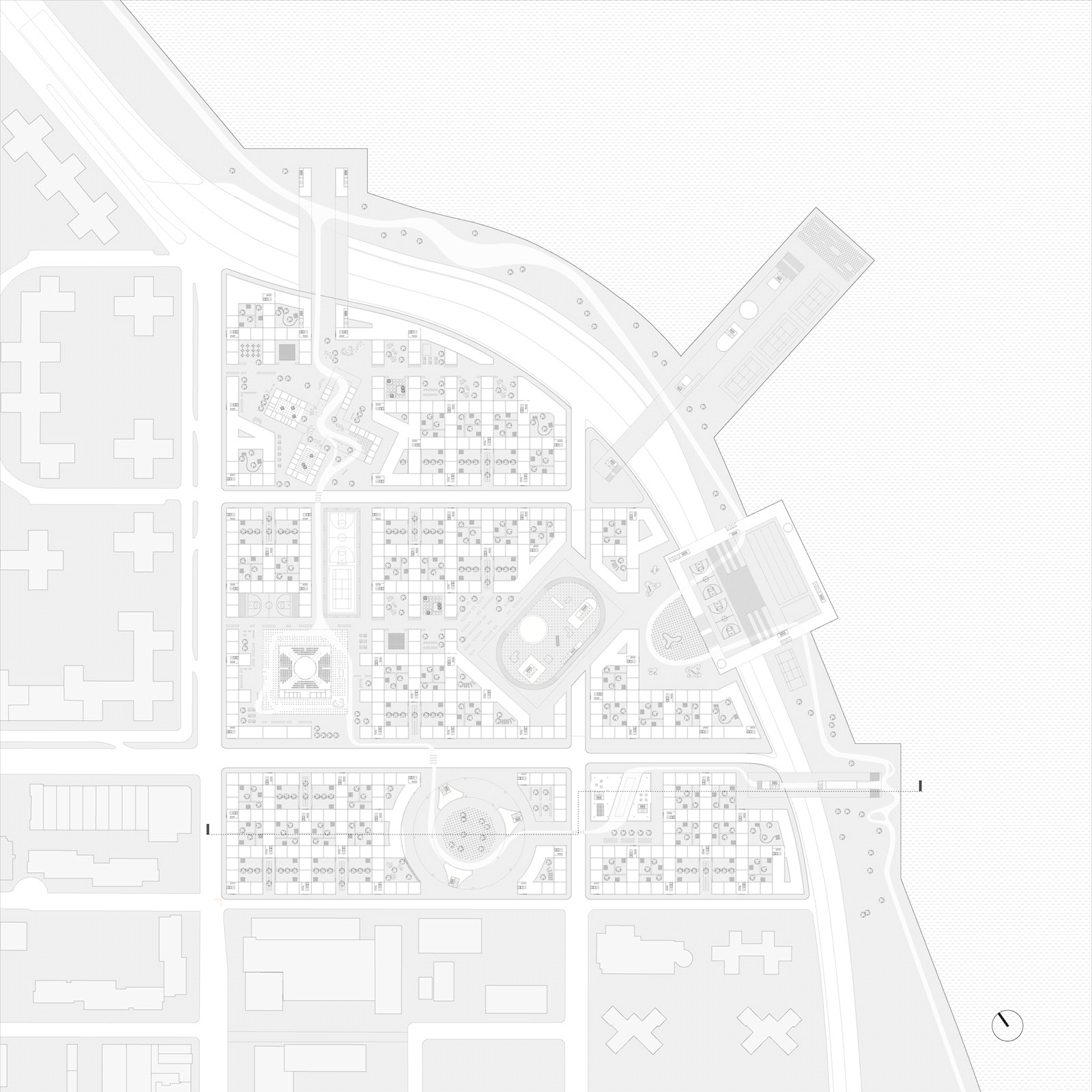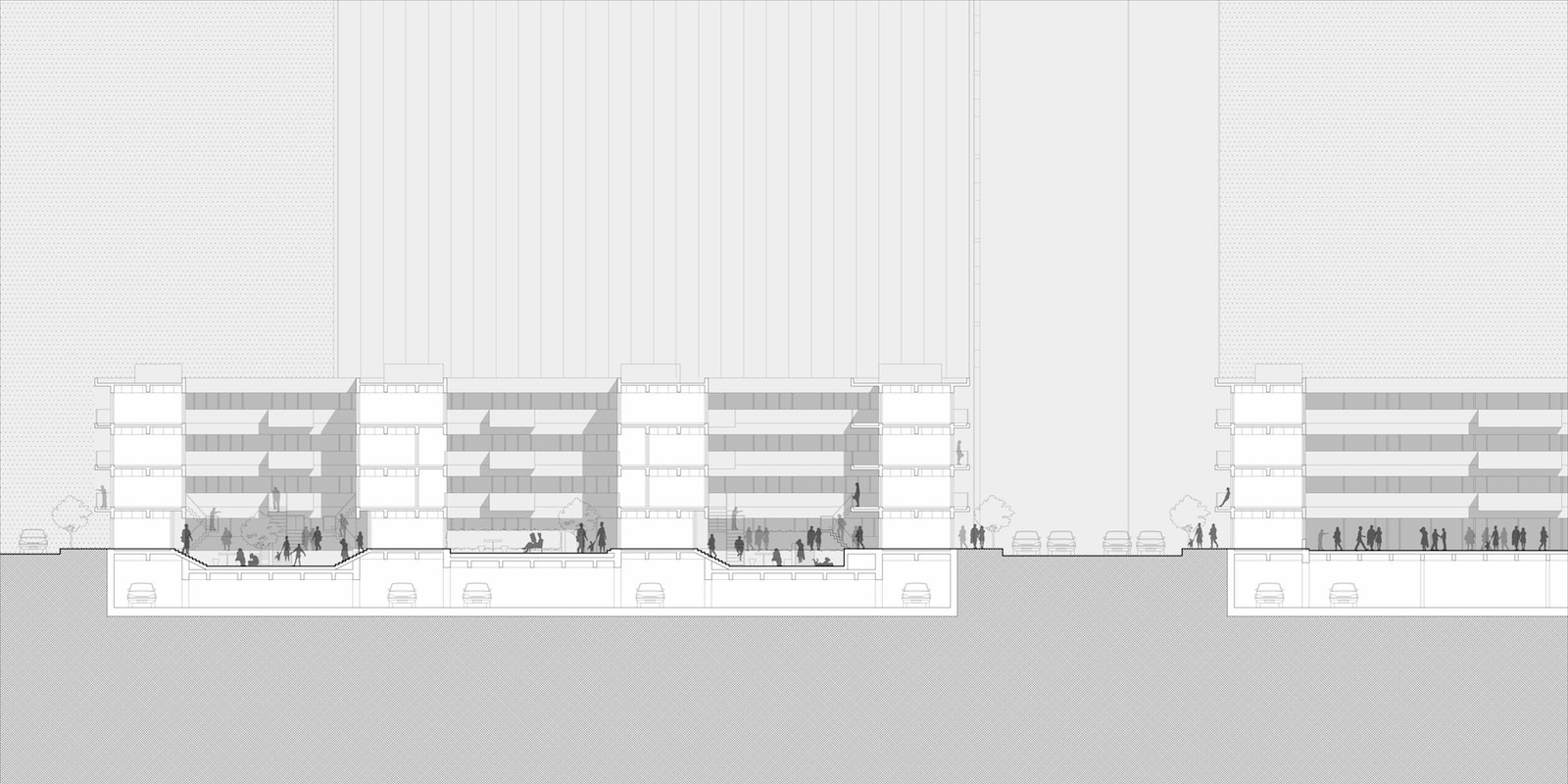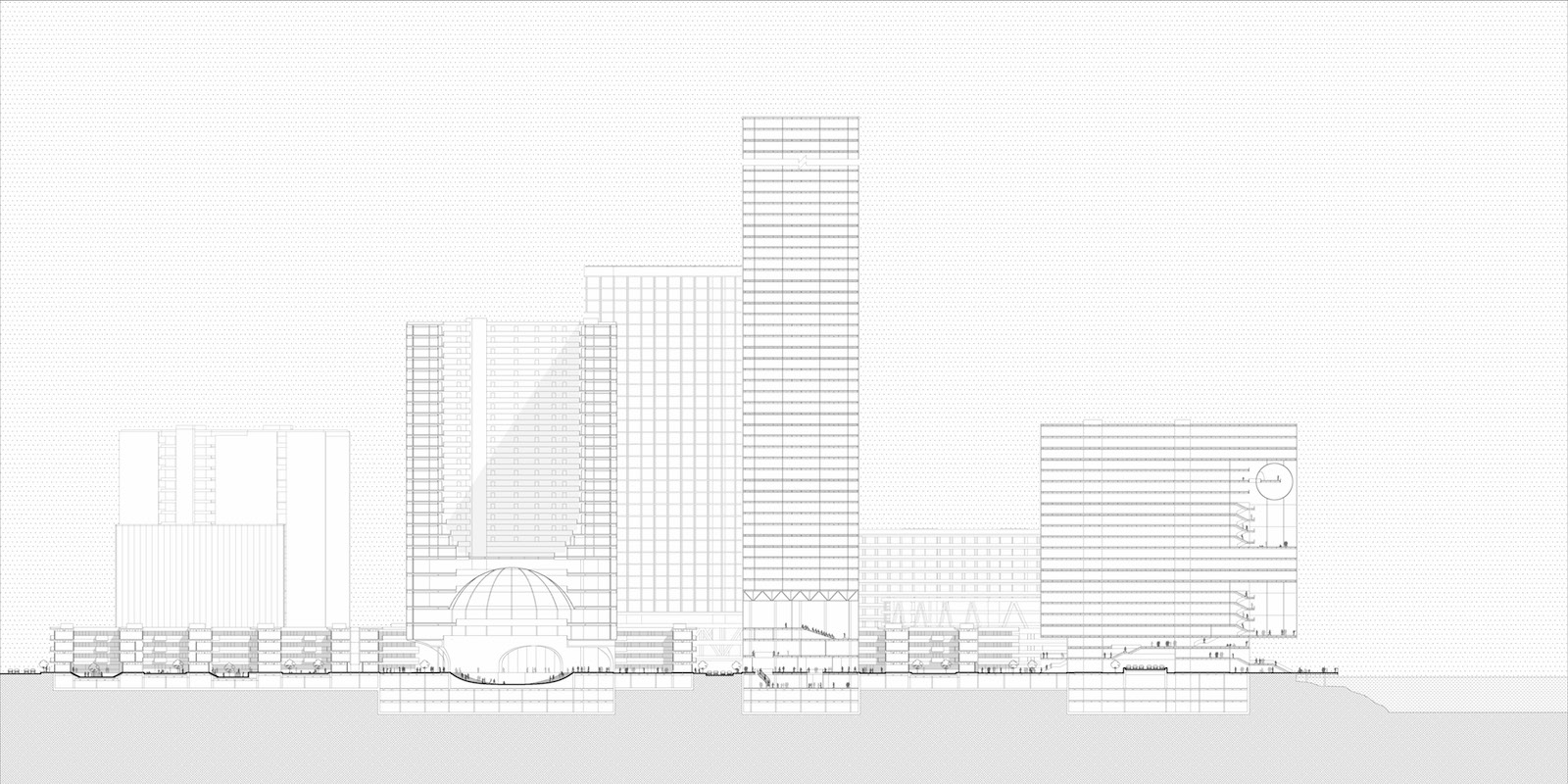OBJECTHOOD — Recipient of the 2016 Clifford Wong Prize in Housing Design
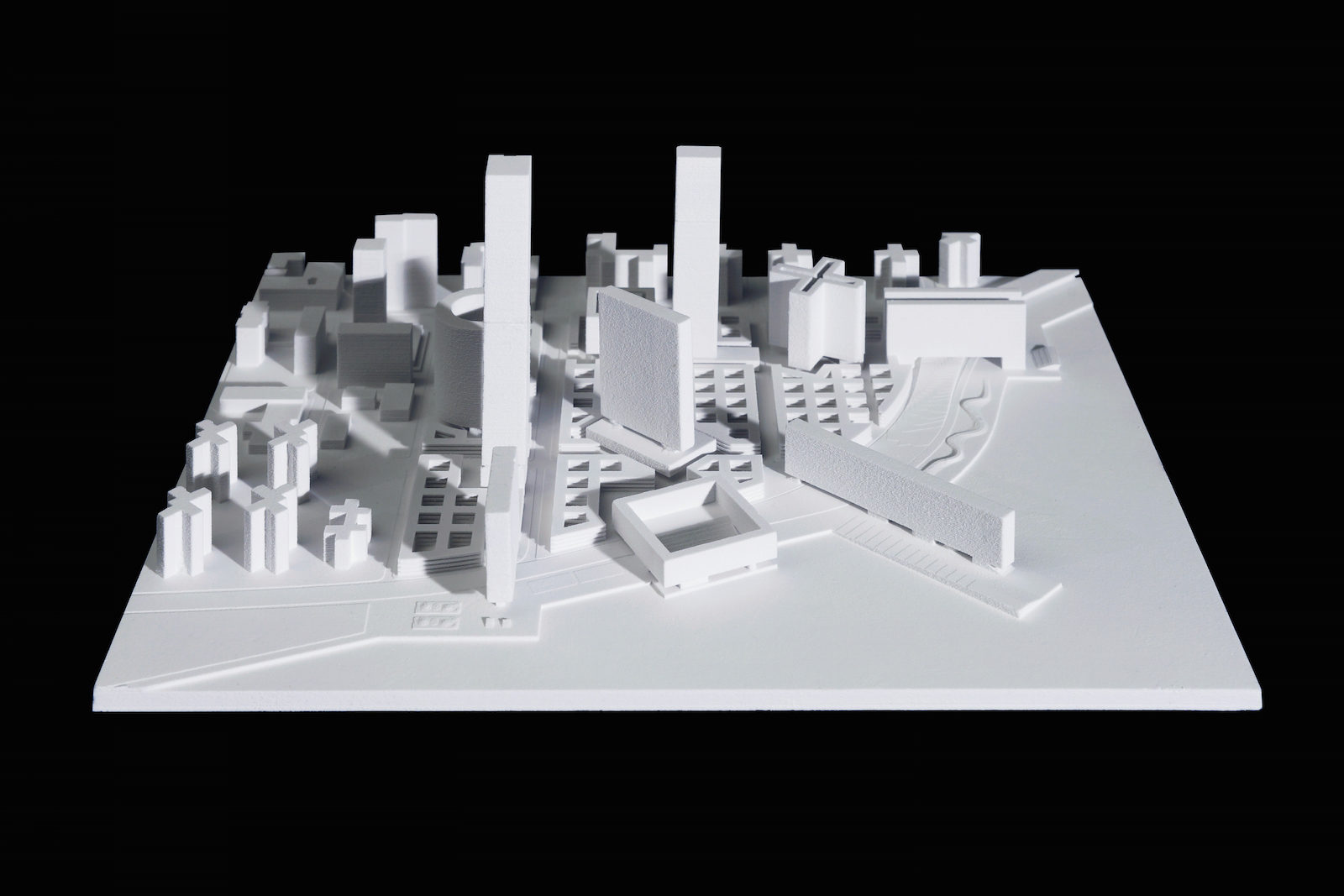
3D Print Model
by Liang Wang (MAUD ’17) and Lu Zhang (MAUD ’17) — Recipient of the 2016 Clifford Wong Prize in Housing Design
“The contrast between particular and universal, between individual and collective, emerges from the city and form its construction, its architecture. This contrast is one of the principal viewpoints from which the city will be studied. It manifests itself in different ways: in the relationship between the public and private sphere, between public and private buildings,between the rational design of urban architecture and the values of locus or place.” — Aldo Rossi
This project explores a new urban housing model that hybridizes the collective urban grid and the individual urban objects, from which the domesticity and life styles emerge to inform new urban ramifications at different scales. The urban objects here could be deciphered at two scales: one as urban fragments that mediate spatial and programmatic relationships with the city, one being the aggregation as a whole constructed at a larger scale, in which way we call it objecthood.
The project starts with the observation of contemporary New York housing fabrics, where exists a clear division between typical Manhattan grid and the Towers in Park typology. These two dominant types form the urbanism across Manhattan and beyond, each presenting unique spatial organization and life style embedded within. Based on this observation, the design proposal examines a hypothesis of combining those two urbanism: the normal grid and the abnormal objects, as a basic urban housing model to construct the city. Therefore, instead of using the existing Manhattan grid structure, a new grid module extracted from the basic Manhattan plot of 25ft is introduced to reconfigure – the courtyard system with generic dimension of 50ft by 50ft. It is the generic urban container of housing and infrastructure, which at the same time responds to the specific site constraints of FDR and the urban edge. The second system of series of objects introduced into the site holds public amenities and various housing types. The place where grid reconciles with the objects gives the public amenities shape and generates another layer of public space, being the recreational programs connected by a loop and landscape that ties the project to the city at a larger scale.
The emergence of universal urban grid and particular urban objects not only addresses the concern of urban multiplicity, more significantly, it informs a new urban housing typology at both programmatic and social levels. The spatial arrangements makes possible the coexistence of diverse living styles for multi-families, and its programmatic amenities embody the vision of a new social order which emerges as framework of the living community.
As a vision, this project is conceived at the scale of both a super block and a single bock, and the strength of the project resides in the duality to accommodate a variety of the scales and life styles from superblock to block and from city to buildings. As an urban experiment, this project serves as both an urbanistic housing strategy and a social framework. It could be re-adapted into different urban contexts with various parameters accordingly, thus to respond to the dynamics of our city today at large.
